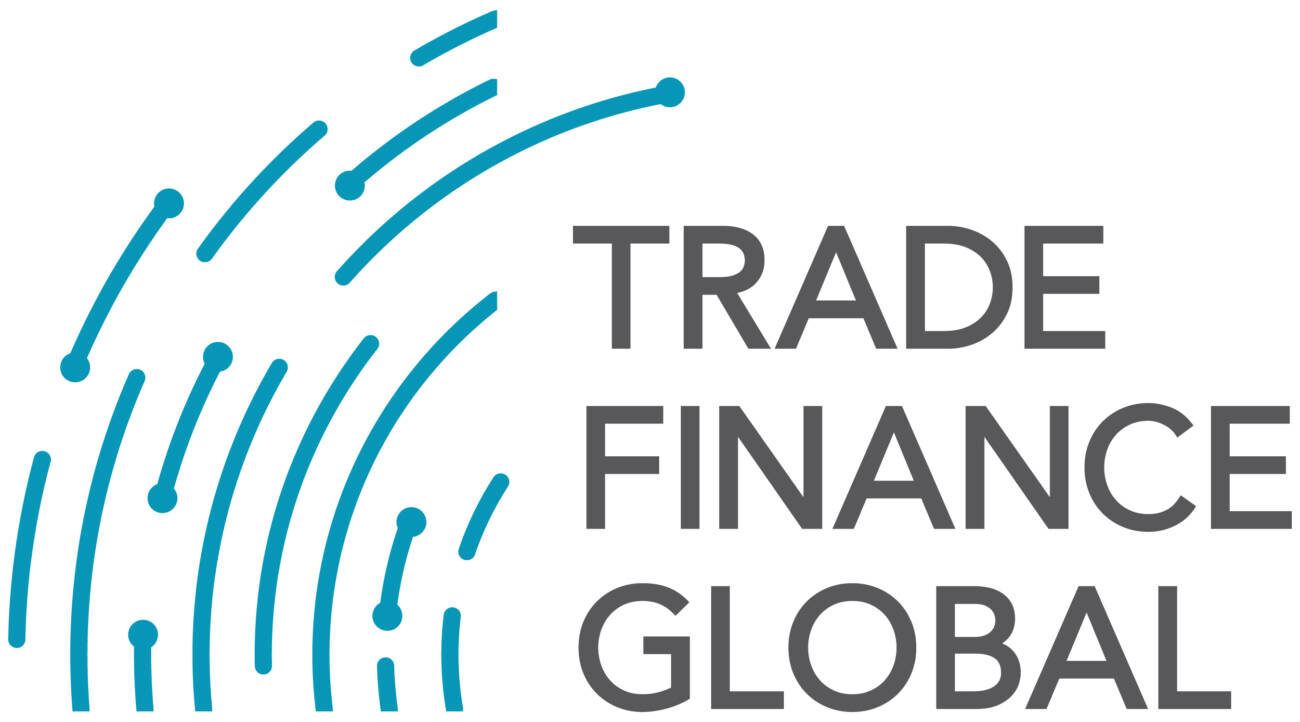[box]
Part 3 of 3. TFG spoke to Robert Besseling, a partner at Exx Africa, about the most stable countries in Africa, in terms of their debt position. Exx Africa is a bespoke advisory business that analyses and forecasts political security and economic risk across all of Africa. In this special 3 part report Exx Africa identifies the countries in best and worst position to attract further debt.
[/box]
- Nigeria: The country has made progress in liberalizing its currency and several large funds see opportunities to invest in Nigeria’s local markets. Growth is still fragile, and the economy remains heavily dependent on oil, but the Nigerian government is trying to diversify its revenue away from oil.
- Ghana: The fiscal deficit was reduced substantially, and oil revenues are expected are increasing on the back of new hydrocarbon oil and gas – the growth outlook is positive. Yet there remain concerns over growth sustainability.
- Cote d’Ivoire: Public debt as % of GDP is expected to reach about 49.0% of GDP in 2018, but is still sustainable. The country is supported by strong growth with a declining fiscal deficit in the short term. Strong investment is expected in the energy and transport infrastructure under governments’ National Development Plan.
- Rwanda: Growth is expected to accelerate in 2018, mainly due to expansions in the services and agricultural sectors. Increased investment by government in key infrastructure projects will focus on energy and transportation shortcomings which will benefit the construction sector and improve the country’s business environment.
- Tanzania: The country has one of the lowest debt levels in East Africa. Growth is forecast to remain robust and emphasis is on governments’ ongoing infrastructure development which forms part of the development plan. However, there are serious concerns over nationalist economic policies, mounting political risk, and the reliability of economic reporting.
[responsive]
What are the Risk implications?
[one_third][responsive]
[two_third_last]
Political uncertainty and concurrent weakening of economic reforms will continue to weigh on the economic outlook in many countries in the region. Managing currency risks becomes an important part of the policy agenda amid rising foreign currency-denominated debt. The IMF has said that countries need to improve debt management frameworks to better manage currency and interest rate risks. This entails strengthening capacity to undertake cost-risk analysis of borrowing options and manage repayments on commercial borrowing (Kenya, Uganda).
[/two_third_last]
Cost-risk analysis has helped increase awareness of debt portfolio risks and of the importance of developing the government securities markets in the medium term. Some countries such as Cabo Verde, Ghana, Kenya, and Tanzania are updating their medium-term debt strategy to address contingent liability risks. Furthermore, deepening domestic sovereign debt markets, including Ghana, Kenya, Namibia, Nigeria, and Tanzania could provide ways to lower currency and interest rate risks.
The average level of the continents’ total public debt is expected to be slightly higher this year at about 60.0% versus an estimate 58.0% of GDP last year. IMF concerns about most countries include borrowing from local banks which could undermine the domestic financial sector and fuel inflation. There is wide diversity across countries and in some highly indebted countries such as the Republic of Congo and Gambia, improved revenue performance and higher GDP growth are expected to yield significant improvements in debt servicing capacity.
Download Report Here
[responsive]
[/responsive]
[button link=”/wp-content/uploads/2018/11/SPECIAL-REPORT-MANAGING-AFRI-CA’S-GROWING-DEBT-BURDEN.pdf” size=”small” icon=”download” aligncenter]Download[/button]

